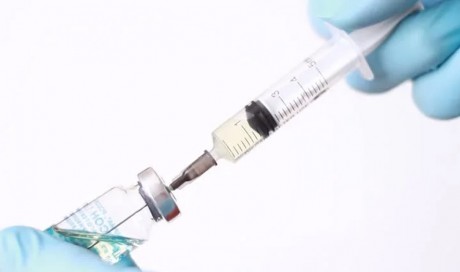Rippled nails

Healthy nails generally do not have contours like these and are smooth in their texture. Ripples on your nails are indicative of an early onset of psoriasis or it may indicate towards inflammatory arthritis. The color may not change but you can observe slightly darker shades of red/brown on the skin below the nails.

Dark lines on the fingernails should get you alarmed and in the office of your doctor. They are definitive indicators of serious health issues and should not be ignored under any circumstances. Melanoma, one of the deadliest types of skin cancer can be one of the primary reasons for the darkness on your nails.
Cracked nails

Cracked nails are an obvious indicator of health issues. Thyroid diseases are the most common reason behind the cracking of nails but they may happen for other reasons as well. If your fingernails are cracking and also showing a yellow hue, it might easily be a case of fungal infection. Get them checked immediately.
Gnawed nails

Gnawed nails are usually a result of nail-biting as nails generally don’t degrade this way. If you find yourself gnawing on your nails, it may indicate persistent anxiety issues and may even lead to an obsessive-compulsive situation for you. The problem may be psychological and well worth getting checked out.
Pale nails

Nails are not supposed to look pale. Healthy nails generally have some color to them spread evenly. Paleness of your fingernails may indicate some serious health issues like malnutrition, anemia, liver disease or even heart failure. We suggest wholeheartedly that you do not ignore it if it happens and get a consultation with your physician soon.
Puffy nail fold

The appearance of puffiness around your fingernails is called the inflammation of the nail fold and can indicate the onset of lupus. Besides that, it could also be a result of some infection which you may have contracted from unhealthy sources.
The fact is that your nails do say a lot about your health and ignoring them is not really the best thing to do. Keep a watch on them, observe any discoloration, bumps, or marks and make sure you get them checked out. A visit to your physician is something we highly recommend as soon as you spot any such change.
Share This Post












